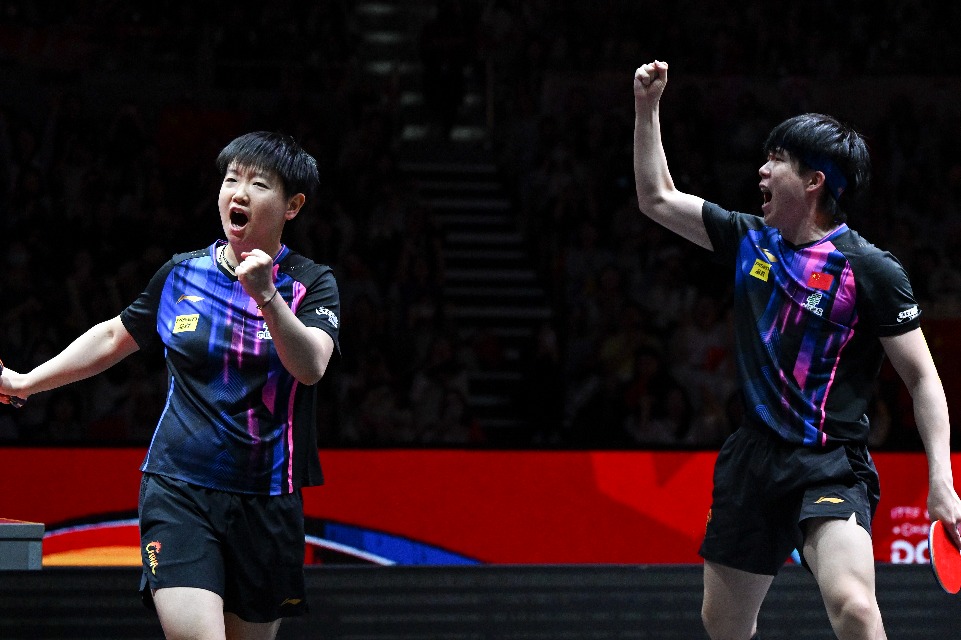Dual-Olympic workers ready for fresh challenge


Same meaning
Many people say that the speed skating venue being used for Beijing 2022 has the same meaning for them as the Bird's Nest stadium did in 2008.
Li Jiulin, the chief engineer responsible for construction of the Ice Ribbon and the Beijing National Stadium, still keeps in his office a block of steel used to build the Bird's Nest.
Li was appointed chief engineer responsible for construction of the National Stadium 17 years ago, when he was 35.
At the time, no one in China had experience of building such a complicated steel structure, Li said, adding that his team completed 13,520 construction drawings based on 150 designs before the Bird's Nest, which is about 4 kilometers from the Ice Ribbon, was constructed.
The Bird's Nest heralded a new phase in China's construction industry and showcased a range of innovative concepts, including development of a new type of steel used for the stadium's outer frame, Li said.
"Any type of architecture reflects its era. During construction of the Ice Ribbon, we prioritized green development concepts and innovation," Li said while inspecting the venue.
"To minimize use of construction materials, we used netted cables to hold the roof of the venue together. This meant we only used hundreds of metric tons of steel cables, compared with about 42,000 tons of special steel just to construct the Bird's Nest's outer frame," he said.
Li, who worked on the Bird's Nest for five years, starting when he was 35, and on the Ice Ribbon for three years from age 50, said the two Olympics have provided him with great platforms to achieve "missions impossible" as an architect.
"More important, cutting-edge architectural technologies and materials developed for Olympic venues have been gradually upgraded for other projects. For example, the netted cable roofing for the Ice Ribbon is also being used in construction work at Hong Kong airport. The Olympics have pushed us to be more innovative," he said.
Like Li, Hu Kai also has a special personal link to the Bird's Nest. Nicknamed the "Flying Spectacles", Hu competed for China in the 100-meter sprint and 4x100-m relay at the 2008 Olympics.
Hu's role has changed completely for next month's Olympics, for which he is working in the general office of the organizing committee's volunteer department.
"I will always be proud of being the Chinese athlete who finished the most running events at the Bird's Nest in 2008," Hu said in his office.
In 2019, Hu, a physical education teacher at Tsinghua University, was recruited by the organizing committee's volunteer department. He said he feels lucky to take part in another Olympics in Beijing, and this opportunity is the result of China's development.
"A lot has changed since 2008, when the nation wanted the world to see a modern China. Now, China is confident in saying that it will contribute to building a global community with a shared future. The roles of myself and the country have changed," he said.























